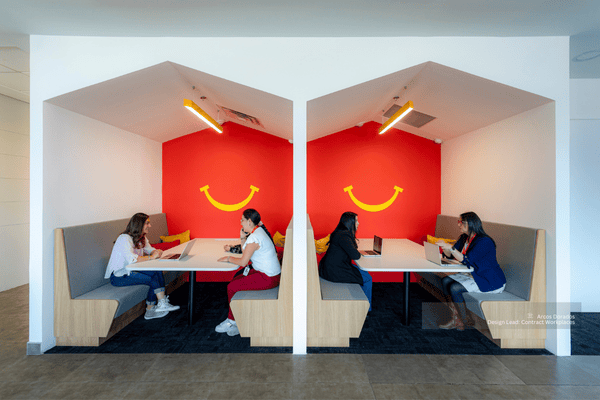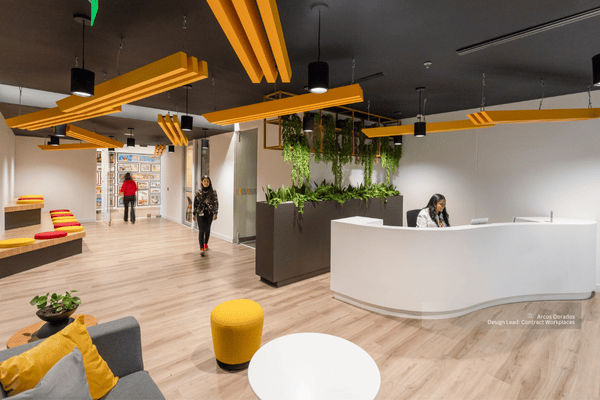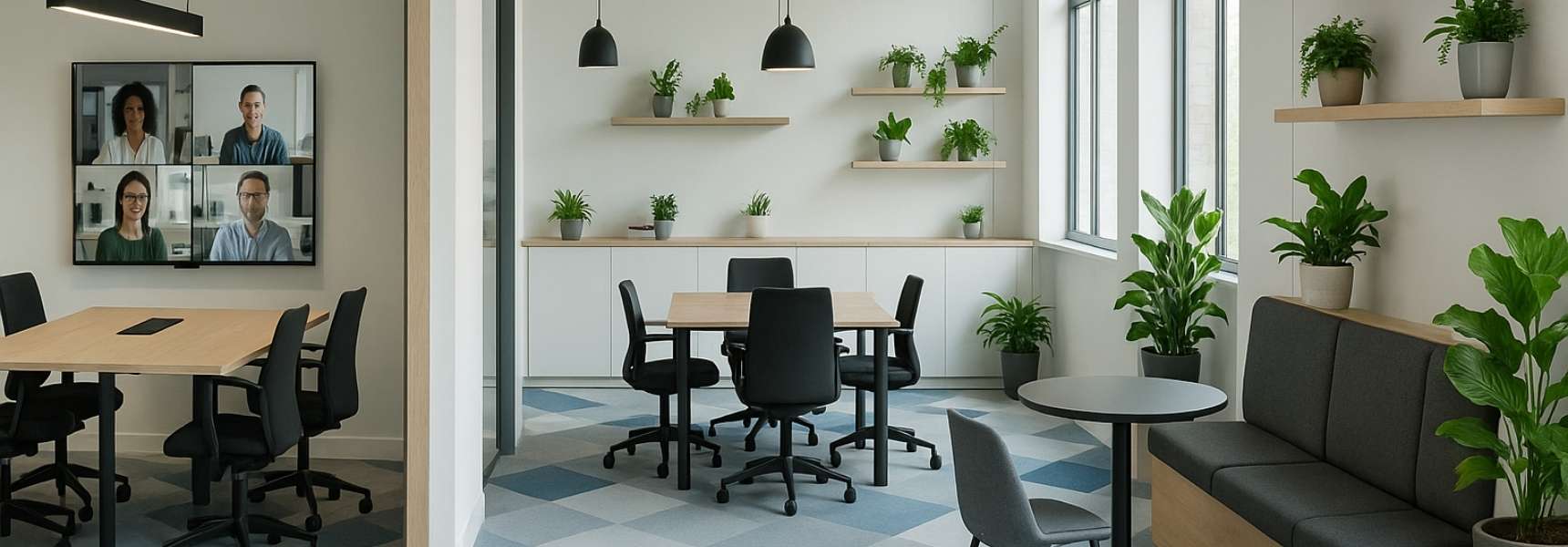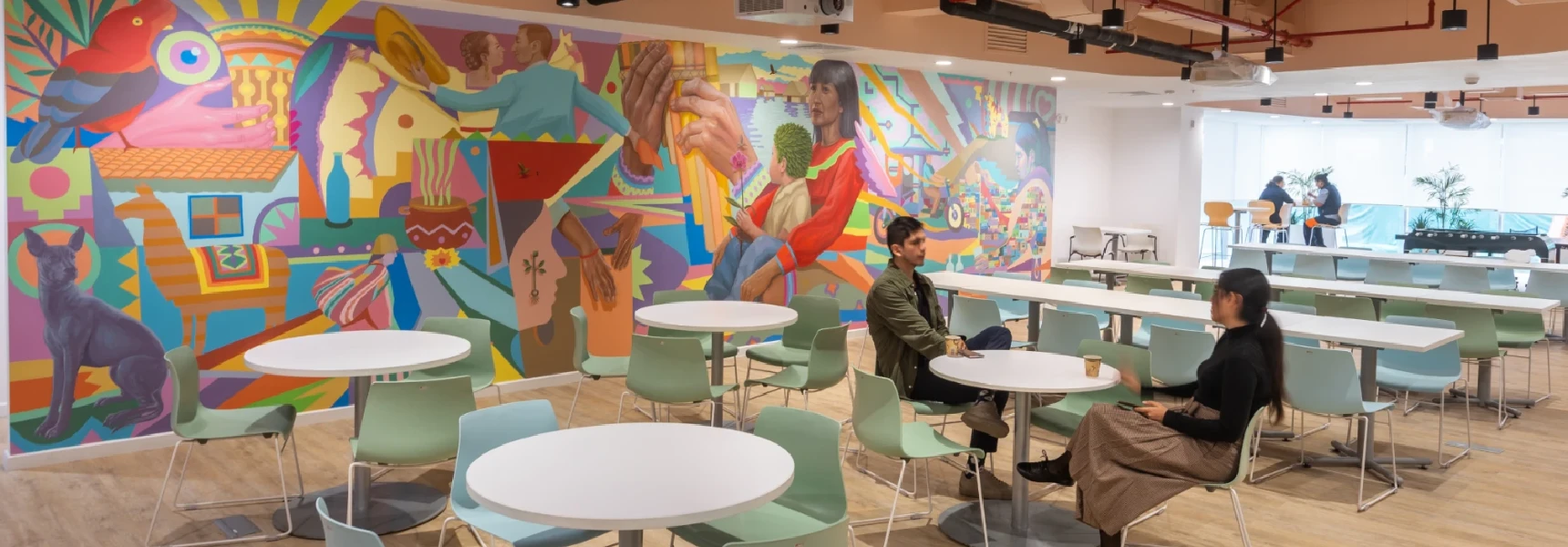Architecture
The Role of Architecture in Franchise Real Estate Development
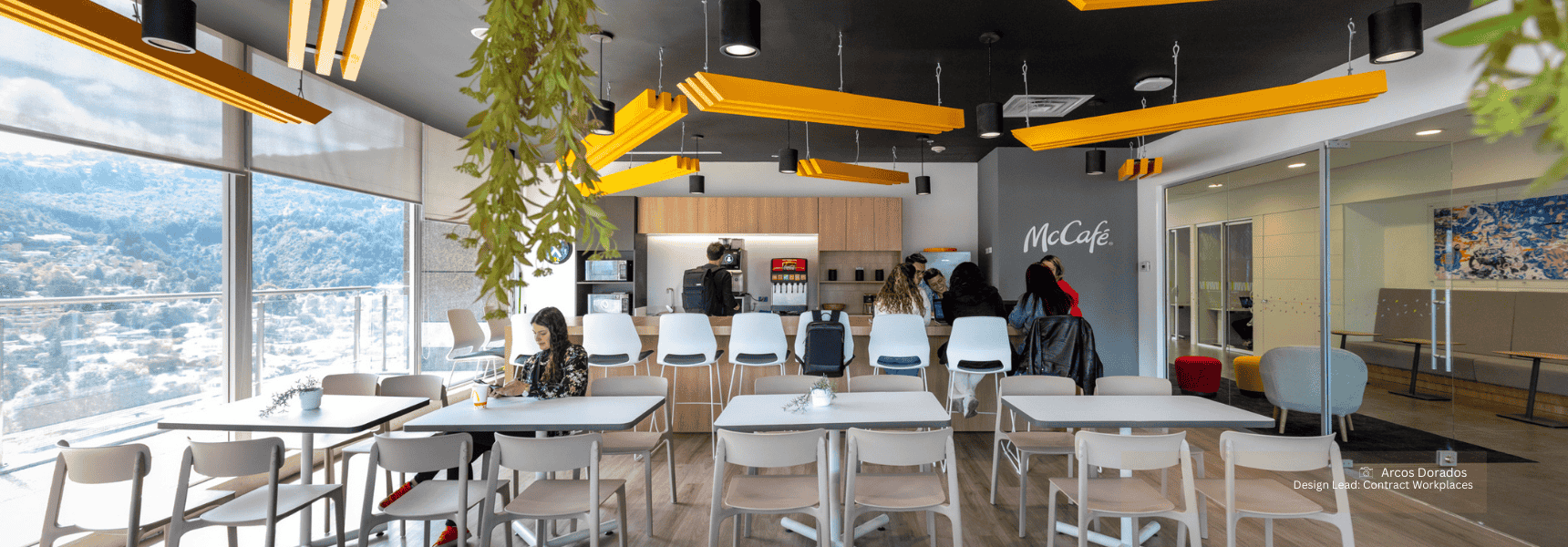
Why Architecture Matters in Franchise Growth
Franchises thrive on brand consistency—not just in service but in their physical design. The architecture of a franchise location is a powerful branding tool, reinforcing identity, customer expectations, and operational efficiency. Every successful franchise—from McDonald’s to Starbucks—invests in strategic architecture to create a unified look and feel across multiple locations.
As franchises expand, working with an architectural firm ensures that brand identity remains intact while adapting to different markets. This article explores the importance of architecture in franchise development, the key design elements that drive consistency, and how developers and franchisors can collaborate with architects to maintain brand integrity.
The Impact of Architecture on Franchise Branding
The design of a franchise space does more than create an inviting atmosphere; it ensures instant brand recognition. Consistent architecture and design make it easy for customers to trust and recognize a franchise, whether they visit in New York or Tokyo. Familiarity leads to loyalty.
For instance, McDonald’s Golden Arches were originally part of the building’s design before becoming the company’s famous logo. Starbucks, meanwhile, crafts warm, welcoming café interiors worldwide while integrating local design influences to preserve brand identity and appeal to regional customers.
The Role of Architectural Firms in Franchise Expansion
When franchises scale, consistency becomes a challenge. Architectural firms help by:
- Developing prototype designs: Standardized layouts and materials ensure every location reflects the brand.
- Creating detailed franchise design guidelines: These blueprints dictate elements like floor plans, signage, color schemes, and furniture choices.
- Ensuring compliance with local codes: Architects adapt designs to meet local zoning and building regulations while maintaining brand aesthetics.
- Optimizing operational efficiency: Design impacts workflow—an efficient kitchen layout in a restaurant or an intuitive store layout in retail improves business operations.
Working with a dedicated architectural team ensures that each franchise location balances brand consistency with market adaptability.
Key Design Elements That Reinforce Brand Identity
1. Signature Color Schemes
Brand colors should be used consistently in exteriors, interiors, signage, and décor. For example, Subway’s green and yellow or Starbucks’ earthy wood tones help create an immediate association with the brand.
2. Consistent Layouts & Floor Plans
Customers expect a familiar experience. The position of checkout counters, ordering stations, seating areas, and displays should be uniform. For instance, fast-food franchises typically feature front-facing service counters and designated dining zones, ensuring customers know where to go.
3. Standardized Signage & Branding
Signage must follow brand guidelines for logo placement, font size, and illumination. McDonald's maintains uniform signage placement worldwide, making it easy to identify from a distance.
4. Uniform Materials & Fixtures
From furniture to lighting, using standardized materials ensures locations share the same look and quality. Fast-casual chains like Chipotle rely on a consistent mix of wood, metal, and tile to create a recognizable brand aesthetic.
Challenges in Franchise Architecture & How to Overcome Them
1. Adapting to Local Regulations
Different locations may have zoning laws and architectural restrictions that affect standard designs. A historic district, for example, may prohibit neon signage. Solution: Architects modify materials and signage while preserving the brand identity.
2. Cultural & Regional Preferences
Customers in different regions may respond differently to specific design choices. Solution: A flexible design strategy allows for localized elements, such as Starbucks integrating regional décor into its cafés while maintaining brand consistency.
3. Site Size & Format Variations
Not all franchise locations fit the standard prototype. A drive-thru restaurant requires a different layout than a mall kiosk. Solution: Architects create modular designs that adjust to different footprints while maintaining the same branding.
Case Studies: How Leading Franchises Maintain Consistent Architecture
1. Starbucks – Balancing Global Consistency & Local Influence
Starbucks cafés worldwide have a consistent layout, counter placement, and furniture selection. However, some stores—like its location in Dubai’s Al Seef district—blend local architecture with the brand’s core design, offering familiarity with a regional touch.
2. McDonald’s – Iconic & Uniform Design
McDonald’s locations worldwide maintain signature design elements, from their recognizable drive-thru layouts to interior booth seating. This uniformity ensures that customers immediately recognize a McDonald’s, reinforcing brand trust.
3. Shake Shack – A Modern Take on Franchise Architecture
Shake Shack integrates contemporary materials while keeping a consistent layout across locations. Each restaurant features open kitchens, industrial lighting, and digital ordering kiosks, reinforcing the brand’s modern, fast-casual identity.
Actionable Tips for Franchisors & Developers
1. Develop a Comprehensive Design Manual
A franchise design guide should outline everything from approved materials to layout templates, ensuring franchisees follow consistent branding.
2. Work with Specialized Franchise Architects
Partnering with an architectural firm experienced in franchise rollouts ensures efficient, repeatable designs that comply with local regulations.
3. Prioritize Core Branding While Allowing Flexibility
Define non-negotiable elements (e.g., logo placement, colors, signage) while allowing minor adaptations to fit regional market needs.
4. Plan for Cost-Effective Scaling
Standardizing materials and layouts reduces construction costs and lead times, helping franchises open new locations faster.
The Future of Franchise Architecture
As franchises expand, investing in architectural consistency is essential for brand recognition, customer trust, and operational efficiency.
By working closely with architectural firms, franchisors can create scalable, adaptable, and visually unified locations, ensuring seamless expansion and long-term success.
Looking to build your next franchise location? Our team of experienced architects specializes in creating brand-consistent, scalable, and efficient designs tailored to your needs. Contact us today and let’s bring your vision to life!
